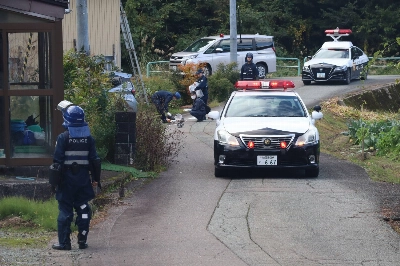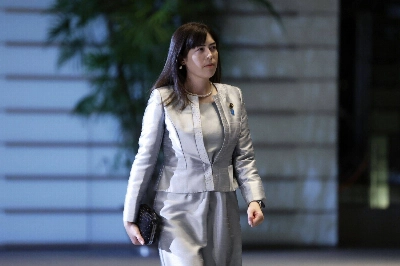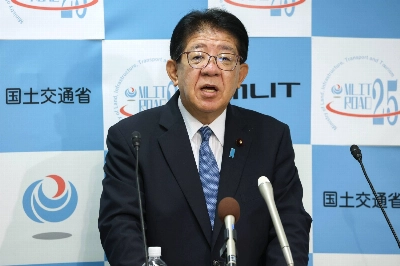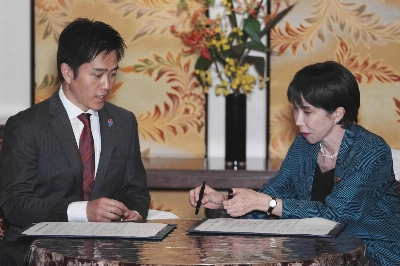Races for this year's nationwide series of local elections kicked off with the start of official campaigns last week for gubernatorial elections in 10 prefectures on April 12 — the same day that local assembly seats in 41 prefectures and 22 major cities will also be contested.
Mayoral elections in more than 200 municipalities as well as assembly races in nearly 700 cities, towns and villages will be held on April 26.
Public interest in local elections tend to be lower than in Diet races. Voter turnout is sluggish and a large number of candidates win their races uncontested. People need to realize the important roles that local administrations play on issues that concern their everyday lives, including jobs, education, support for child-rearing, medical and nursing-care services, and anti-disaster measures. They should also be aware of the implications of their votes on national politics. They can use their votes to send messages on government policy issues — such as whether the prime minister's "Abenomics" policies have benefited their local economies, or whether proposed reform of agricultural cooperative organizations will make farming in their regions more competitive.

















With your current subscription plan you can comment on stories. However, before writing your first comment, please create a display name in the Profile section of your subscriber account page.